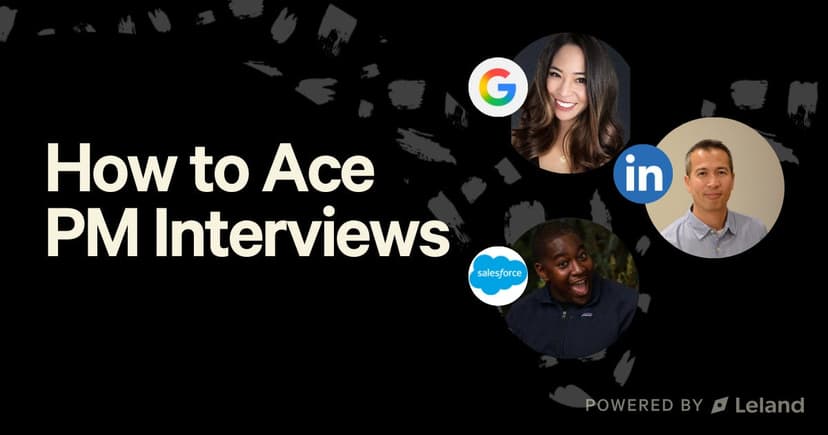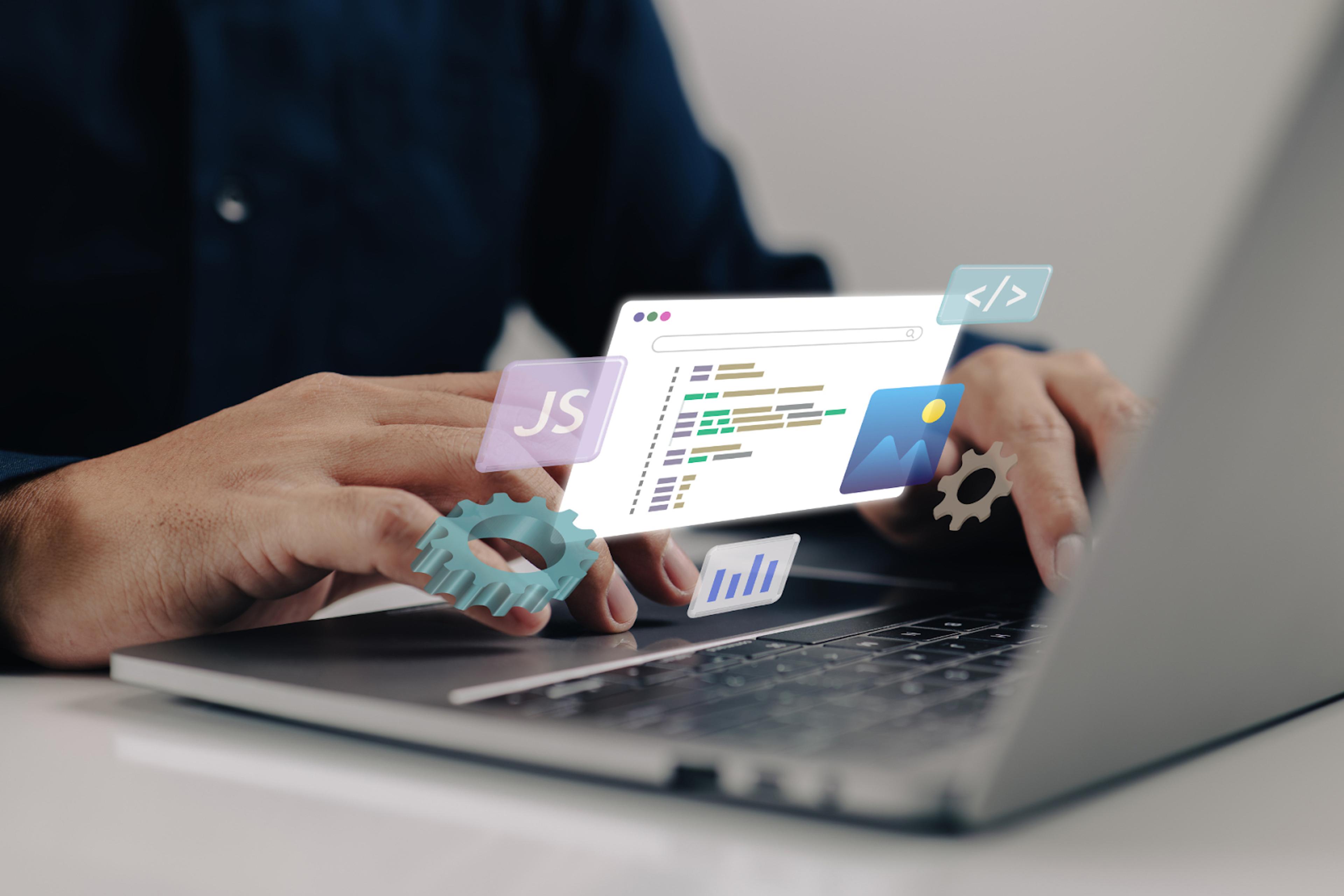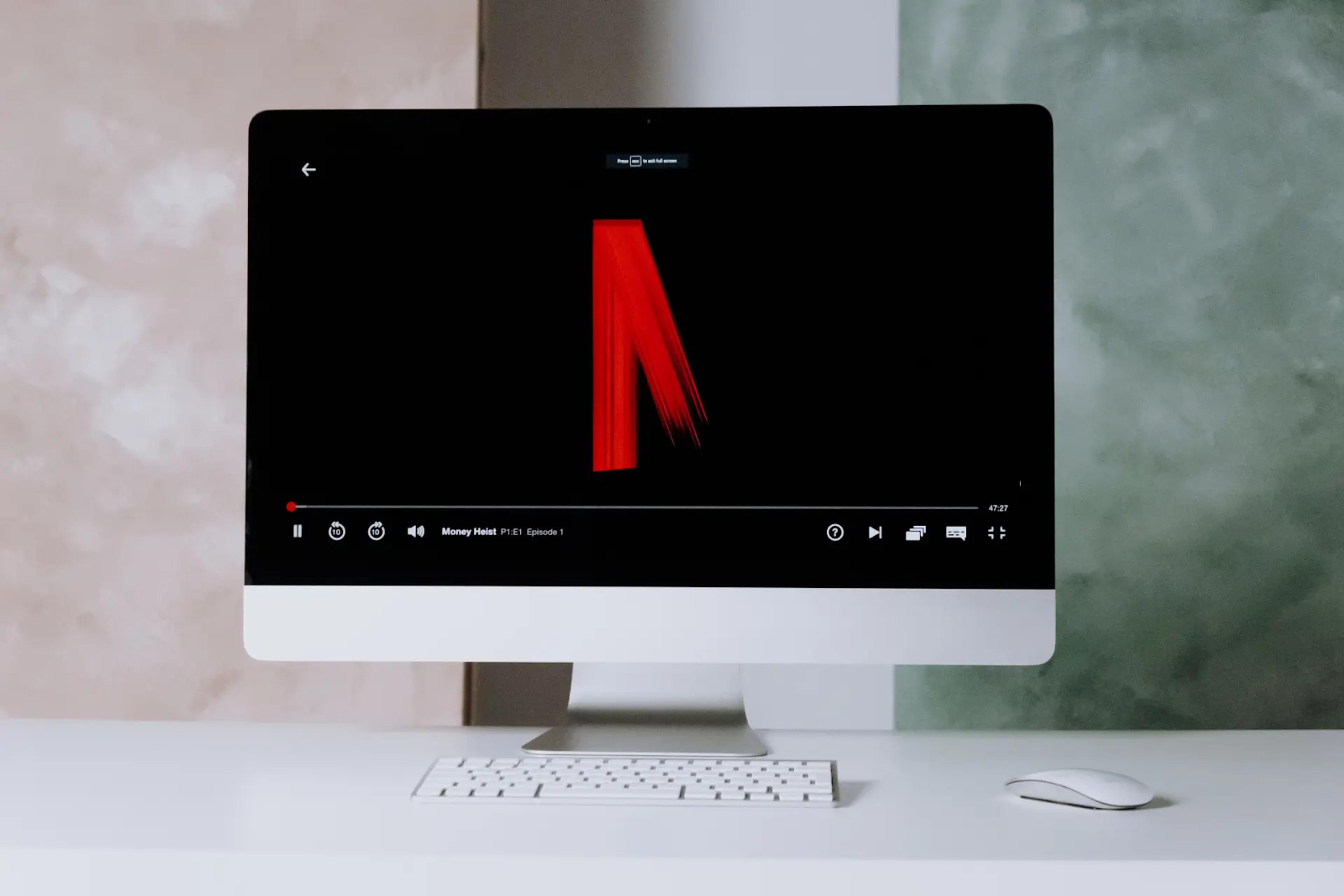How to Get Into Product Management (An Expert's Perspective)
A former APM/PM at Uber who received offers to Facebook, Indeed, Dropbox, and more outlines his top tips and strategies for breaking into product management.

By Daniel M.
Break into, learn, and grow in Product | Forbes 30 Under 30 | ex-Uber
Posted June 13, 2025

Join a free event
Learn from top coaches and industry experts in live, interactive sessions you can join for free.
Table of Contents
Over the past five years, Product Management has joined the ranks of Management Consulting and Investment Banking as an “it” role coming out of university, and for good reason. Tech companies pay well, at least nominally value work/life balance, and offer opportunities to work in faster-paced, less formalized environments, with PMs sitting in the driver’s seat of those vaunted, highly-skilled, hoodie-wearing teams.
So, how do you get there? Especially now that getting a PM role is no longer niche, but a competitive landscape with those same MBA, Post-grad, and product-mentorship-session assembly lines that consulting and IB have had for decades?
Well, you can schedule 1:1 time for my PM mentorship session here, but you can also get started by getting the foundations right.
1. Get experience building and leading.
It’s a somewhat self-explanatory point, but the best way to get a role as a Product Manager is by having prior experience… as a Product Manager. So yes, if you’re still in school, do your best to get a PM internship -- your resume will immediately reflect that you can do the job because you’ve done it before.
Short of getting an interview, get experience doing what a Product Manager would do: leading teams effectively and building cool stuff. Whichever stage of career you’re in, find ways to take ownership over projects or teams where possible – it’s way easier to translate “I lead x people to achieve y goal” to a product management context than individual contributor work, even in an adjacent industry.
If you’re still a student, great! You can build personal projects, join, lead, and/or start extracurricular clubs and organizations, and quickly rack up experience leading people to achieve a common goal. Short of organizing a frat party, pretty much all extracurricular experience in a leadership capacity is helpful. Startups can be a great way to get product experience as a student as well - start a company yourself or find a friend or another student, and volunteer your time.
If you’re already working, still great! Start a personal project that empowers you to build competence in design, development, or data science. As a PM, you’ll want to know “just enough to be dangerous” for each of those subject areas, and there’s no replacement for building. Take ownership in your current job, especially if there are any roles or opportunities in a tech context.
2. Make sure your resume reflects your capability as a leader and your passion for building.
Once you’ve got the experience, make sure your resume reflects that you are a capable leader who knows how to build. Too often, I review resumes that demonstrate proficiency at a prior role, highlighting impressive but irrelevant experience over experience leading or building. To use an example, let’s assume Jane interns as a software engineer and is crafting her resume:
Example A
Netflix, Software Engineering Intern
Netflix is a leading provider of streaming content.
- Integrated Meta's Llama2 large language model to produce AI-generated content descriptions for 1000s of non-English TV shows
Example B
Netflix, Software Engineering Intern
Netflix is a leading provider of streaming content.
- Conducted internal UXR, redesigned, and led team of two quality engineers to redesign bug triaging tool, reducing time to resolution by 12%
Is Example A more impressive and sexy? Sure! Is it more relevant to being a Product Manager? Unfortunately, no. Example B demonstrates empathy for a user, a focus on impact, end-to-end process ownership from design to implementation, and most importantly, the ability to lead a team. Focus on crafting your resume to have more of Example Bs, and less Example As.
Read: An Expert’s Guide to Resumes: Five Tips to Make You Stand Out
3. Leverage your network and be a volume shooter.
You have the experience, and your resume is optimized for the role. You should feel great… so now, prepare yourself for a lot of rejection and bad vibes.
The reality is that when you’re trying to break into Product Management (or any role), it’s a numbers game. So far, if you’ve focused on steps one and two, you’ve put a lot of effort into just one part of the interview conversion funnel:
# of interviews = Number of applications submitted x % Chance your resume is reviewed x % Chance your resume passes the test ✅
Don’t forget to maximize the other two. Unfortunately, yes, sometimes your resume won’t be reviewed, usually due to factors outside of your control. However, getting even the lightest referral from someone who already works at the company will put your resume at the top of the stack, ensuring that at least someone takes a look at it. While I’m no wizard at cultivating a network, be sure to do so up to your level of comfort.
Fear of rejection is real, so you may be hesitant to apply to roles that you don’t feel qualified for, or aren’t perfect fits for… don’t hesitate! The worst case scenario when you submit your resume is not hearing back, which means you’re back where you started – nothing lost! Even if you end up not wanting the role, you get invaluable practice interviewing to be a PM, which brings me to…
4. Prepare for each kind of interview.
Generally speaking, there are three kinds of interviews for a Product role:
- Behavioral
- Product sense
- Technical
- Analytics
- Engineering
- Strategy/business sense
Some companies consider 3a or 3b to be their own categories, but these categories roughly approximate the core importance of 1 and 2. Every PM interview cycle will feature at least one of these kinds of interviews (and usually more!), so you should be prepared to knock these out of the park.
If these interviews sound a bit foreign to you, I highly recommend Gayle Laakmann and Jackie Bavaro’s Cracking the PM Interview: How to Land a Product Manager Job – there’s a reason it pops up everywhere. They do an awesome job overviewing the kinds of interview questions you’ll face and presenting basic strategies for organizing your responses.
Once you’re familiar with the basics, my advice is boring: practice, practice, practice. Grab a friend, mentor, or coach and get so comfortable talking through your thoughts that a third-grader could understand your process for building products, and if you want more help, I’m always here!
Daniel is a former Associate Product Manager, then Product Manager, at Uber where he worked on Uber Eats, Rider Experience, and JUMP Fleet Operations. Prior to Uber, he was a PM at Vrbo focusing on supply-side retention. Now, Daniel is the CEO and Cofounder of a VC-backed marketplace for pet adoption. He has personally received offers from Facebook, Indeed, Dropbox, and NexHealth and has helped applicants land jobs at Tesla, Uber, Atlassian, Intuit, and more. Schedule a free intro call with Daniel here.
Read:
- An Overview of the Different Roles in Product Management
- The Best Newsletters & Podcasts for Product Management
- 20+ Free Product Management Resources
- How to Get Into the Facebook/Meta RPM Program (2024)
FAQs
Do I need an MBA to become a product manager?
- No, an MBA is not a prerequisite for a career in product management. Many successful PMs come from diverse educational backgrounds, including engineering, design, and liberal arts. While an MBA can provide valuable business acumen and networking opportunities, practical experience in building products, leading teams, and understanding user needs often holds more weight with employers. Focus on developing a strong portfolio and gaining relevant experience through internships, side projects, or roles that involve product-related responsibilities.
What are the different types of product managers?
- Technical Product Manager: Focuses on the technical aspects of product development, often working closely with engineering teams.
- Growth Product Manager: Concentrates on user acquisition, retention, and overall growth strategies.
- Platform Product Manager: Manages the underlying platforms or services that support multiple products.
- AI Product Manager: Specializes in products that leverage artificial intelligence and machine learning technologies.
- Go-To-Market Product Manager: Coordinates product launches and works on strategies to bring products to market effectively.
What skills are essential for a successful product manager?
- Strategic Thinking: Ability to set product vision and align it with business goals.
- User Empathy: Understanding and advocating for the user's needs and experiences.
- Communication: Clear articulation of ideas and decisions to cross-functional teams.
- Analytical Skills: Interpreting data to inform product decisions.
- Leadership: Guiding teams without direct authority and making informed decisions..
How can I gain product management experience without a formal PM title?
- Side Projects: Initiate and manage projects that solve real problems, showcasing your ability to lead and deliver results.
- Cross-Functional Collaboration: Take on roles or responsibilities that involve working with different teams, such as marketing, design, or engineering.
- Networking: Connect with current PMs to learn about their experiences and seek mentorship.
- Certifications and Courses: Enroll in product management courses to build foundational knowledge and credibility.
What is the typical career path for a product manager?
- Associate Product Manager (APM): Entry-level role focusing on learning and supporting product initiatives.
- Product Manager (PM): Manages specific products or features, taking ownership of their success.
- Senior Product Manager: Leads larger product areas and may mentor junior PMs.
- Group Product Manager: Oversees multiple products or a product line, managing a team of PMs.
- Director of Product Management: Sets strategic direction for product teams and aligns product goals with business objectives.
- Vice President (VP) of Product: Part of the executive team, responsible for the overall product strategy and performance.

Written by Daniel
5.0
(21)
tl;dr: Experienced consumer-facing product leader and founder who has scaled teams, launched products with millions of users and more millions of revenue impact, and raised money (within corporations and from top VCs). After interning at VRBO, I joined Uber’s Associate Product Manager (APM) program — giving me exposure to leading tech teams in highly operational contexts (scooters and bikes), shipping design systems for core rider experience, and 3x-ing revenue and team size for a new business line (takeout) at Uber Eats. While I was a student at the University of Texas, I founded the campus’s first PM-focused peer mentorship and recruiting organization. Through the organization and independently, I’ve coached dozens of students and young professionals on how to break into and succeed at Product — and like any great PM, I enjoy getting into the nitty gritty, from resume review to international launches and fighting for more eng staffing. I personally understand the challenges presented by coming from a public, non-Ivy university, as well as the anxiety that comes from being “non-technical”.
Daniel has helped clients get into organizations like:
Browse hundreds of expert coaches
Leland coaches have helped thousands of people achieve their goals. A dedicated mentor can make all the difference.



























